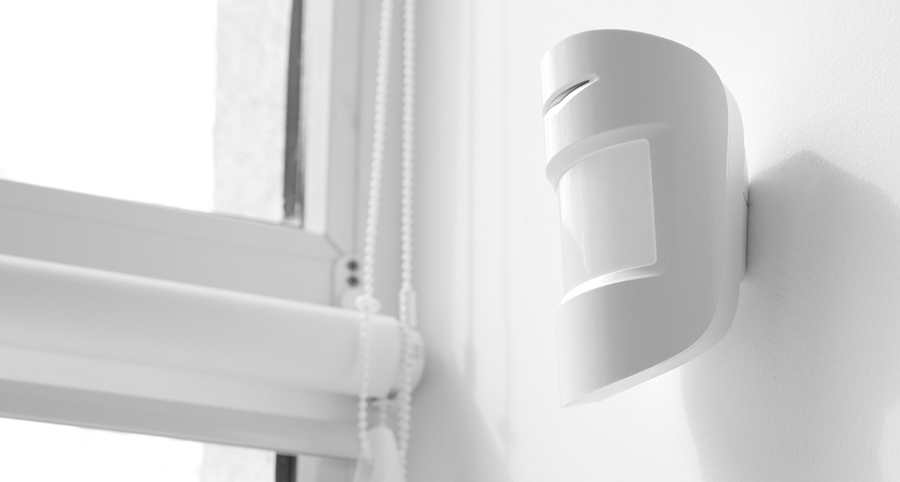
Find Out How Motion Sensors Work In St. Louis?
You know the fundamental objective of motion sensors is to signal your alarm when movement is detected. However, the question still remains: How do they work? What kind of technology is involved, and are they necessary? This straightforward explanation will answer your questions and give you reasons why these components are such an indispensable facet of your home’s security.
Why Are St. Louis Motion Sensors Implemented?
You can normally look for a residential motion detector to monitor a zone somewhere inside six to 70 feet in distance. If you want, you may obtain options that can expand your protection to a greater degree. These components are generally incorporated into things like outdoor flood lights. If they notice a disturbance, they prompt your lights which shine down on your property.
As well as lighting, you’ll also find motion sensors used in surveillance systems like the ADT outdoor security camera. This adaptable device is able to be set to deliver updates and even video segments to your cell phone when movement is found.
Active Motion Sensors
Active sensors, as you might expect, continuously discharge a signal or wave and then record the rate of return. When there is a sudden alteration in the response time, movement is signified and your security system is warned. Microwave sensors are the most prevalent type of active device. You might also find ultrasonic sensors that utilize sound waves and area reflective sensors that assess the bounce-back rate of infrared light.
Passive Infrared Motion Sensors
Another one of the most ubiquitous sorts of motion detection devices in St. Louis is the passive infrared (PIR) motion sensor. Dissimilar to active types, they don’t constantly send out a signal. Alternatively, they will notice changes in temperature in a specific area. A rapid increase in heat, like an individual moving across a room, will trigger the passive sensor.
When compared to active sensors, PIR devices use not as much power, are more straightforward to implement, and are more cost-effective. As an added advantage, you can change the degree of sensitivity for most installations. For example, the flexible ADP motion sensor can be programmed to disregard tail-wagging occupants under 60 pounds.
Additional Sorts Of Motion Sensors
You will discover various motion sensors that employ more than one type of technology. Known as dual, combined, or hybrid sensors, these devices assist in minimizing false alarms as both kinds of sensors have to be tripped for your alarm to engage. You could even encounter vibration detectors and tomographic motion detectors that are usually utilized in more expansive commercial spaces.
Find A Security System With Motion Sensors in St. Louis
Now that you have an enhanced understanding of how motion sensors work in St. Louis, it’s the right time to request your own home security system with these critical elements. If you acquire them as part of a package, you’ll gain comfort knowing they will be implemented properly with your other components. Contact Secure24 Alarm Systems today and allow our experts to help you design the best package for your residence. Contact us at (314) 274-9817 or complete the ensuing form to start.
